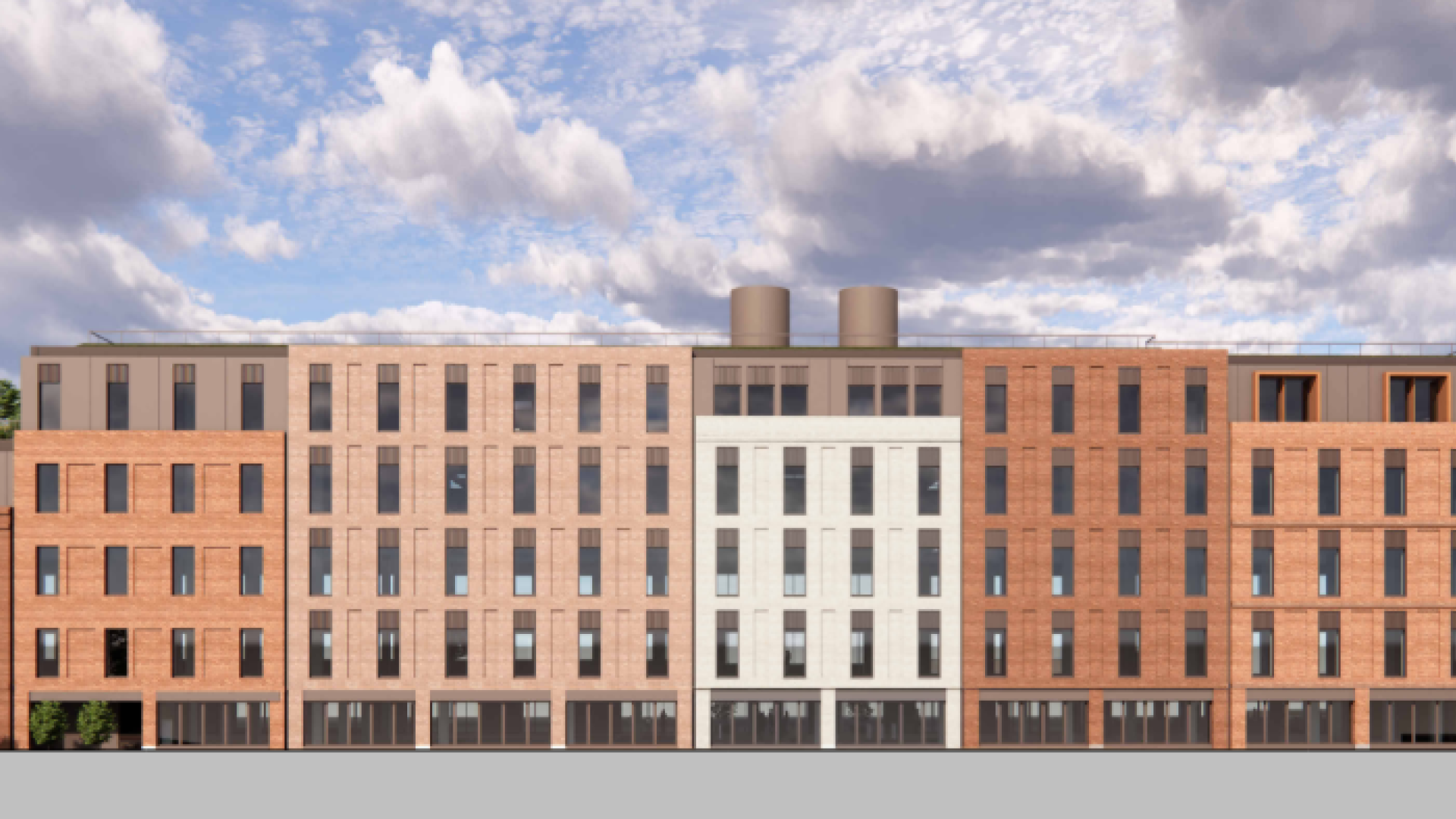Proposal:
Proposal number 24/00690/FUL. Demolition of Beaver House and 39 - 42 Hythe Bridge Street and construction of a new 5 storey building (Class E) with basement. Removal of modern extensions to 42A Hythe Bridge Street, refurbishment and change of use to a flexible use including Classes E and F. Further associated alterations to the site layout to include revised access, creation of a community garden and hard and soft landscaping and infrastructure works.
Beaver House And 39-42A Hythe Bridge Street Oxford Oxfordshire OX1 2ET
Our Response:
May 2024
Oxford Preservation Trust (OPT) welcomes the opportunity to view and comment on the submitted application for the proposed demolition and redevelopment of the Beaver House site on Hythe Bridge Street.
OPT objects to the current application for reasons set out below.
1 Public Realm
This application is a significant scheme for Oxford. The site occupies a prominent corner location on Frideswide Square, the first major public space encountered on approaching Oxford city centre from the west. The surrounding buildings are primarily dedicated to commercial use, mostly of three to four storeys in height. The massing of the existing Beaver House is broken up on the upper levels, alongside a lower-level development at 39-42 Hythe Bridge Street which is not visible with the existing elevated views out across the city.
The proposed new building is of a much larger scale and massing than the existing one, especially at its upper storeys. Its will inevitably dominate Frideswide Square through sheer size and bulk, rather than contributing to the interest and variety of the streetscape in a way which complements the neighbouring buildings.
OPT notes that the application site sits within an area that is earmarked for change within the City Councils City Centre Action Plan and the West End Spatial Framework. This does not, however, give a green light to build something that is insensitive to its surroundings and the wider city as a whole.
2 Designated Assets
NPPF guidance stresses the importance of considering the impact on designated heritage assets. OPT’s view is that this proposal will cause harm to designated heritage assets including the Castle Mound Scheduled Monument, St Michael’s Tower and the adjoining Central (City & University) Conservation Area.
Views
The introduction of such a large, blocky building will have a significant impact on views from publicly accessible high vantage points within the designated heritage assets, including Castle Mound, St George’s Tower and St Michael’s Tower. The harm will be twofold:
- Historically significant views of the green setting beyond the city will be obscured. For many centuries, from the 11th century onwards, the purpose of these views was primarily defensive. The historical significance of these views – and of the designated heritage assets from which they are viewed – will be permanently harmed if they are obscured.
- Currently, 360° views across the city from these vantage points enable the appreciation and understanding of a varied skyline representing centuries of evolution within its landscape setting. The height and bulk of the proposed building will dominate the skyline, drawing the eye away from the rich roofscape which surrounds it.
A significant number of policies, and guidance documents reinforce the importance of protecting these views. Policy DH2 within the Oxford Local Plan and Council’s High Buildings Technical Advice Note are clear in that any development which proposes to exceed the height of the adjacent built form must make a positive contribution to the skyline and roofscape. OPT considers that the current scheme does not comply with the requirements of Local Plan policy DH2, DH3 or the guidance found within the High Buildings TAN.
OPT believes that more thoughtful and sensitive design can be found to ensure that what is built preserves the views, avoids harming designated assets and enhances, rather than detracts from, the skyline of the city.
Design
Character Zone Assessment 6 – Western Fringe within the Central (City & University) Conservation Area Appraisal guidance on the characteristics of the roofscape within this area. Section 6.3.6 states; “Traditional roofscapes have pitched roofs and chimneys, creating a lively skyline.” The design, height and massing of the proposed new building are missing these ‘lively qualities’ which could be achieved by breaking up the massing with varied roof heights and pitched roofs. The proposed mainly flat roof, with two large central chimneys makes no reference to the character of the surrounding development, or the characteristics that make the Conservation Area special. The overall massing, design and bulk of the proposed building will also have an adverse visual impact at street level, changing the character of the conservation area, where the majority of buildings are much smaller in scale. Design
3 Sustainability
It is regrettable, in terms of sustainable development, that the existing building is to be demolished. The Energy Statement submitted should clearly assess the full carbon cost of demolition and new build, using a whole life carbon assessment. The proposed replacement building should also achieve the highest possible standards of sustainability to mitigate against the impacts of demolition.
Conclusion
The redevelopment of this site offers an opportunity for high-quality development at one of the city’s principal entrances. It will set a benchmark for future development proposals within the west end of the city, so should be exemplary in terms of its design, sustainability and associated wider community benefits, whilst also respecting the historic environment within which it sits. OPT does not believe that the current scheme achieves this high benchmark.

